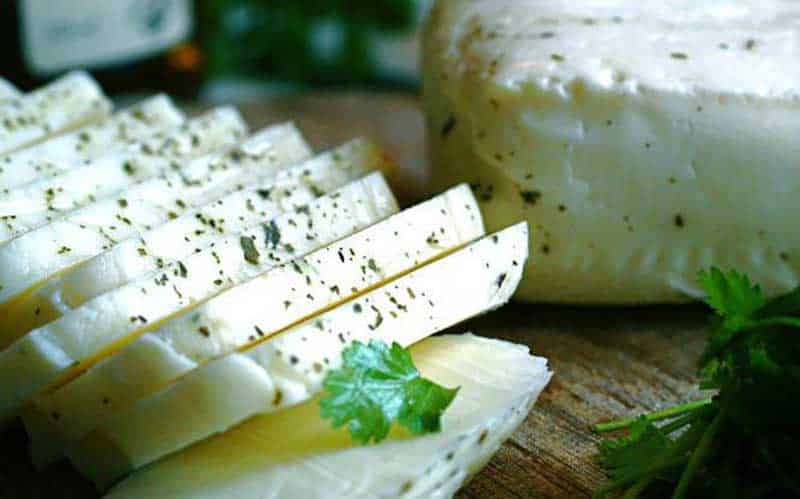EU farms produced an estimated 161.8 million tonnes of raw milk in 2024, marking an increase of 0.9 million tonnes compared with 2023, according to Eurostat.
This latest development confirmed the relatively steady growth in raw milk production across the EU over the decade to 2024, showing a rise of 12.1 million tonnes compared with 2014’s figure of 149.7 million tonnes.
The majority of the raw milk produced in 2024, specifically 150.8 million tonnes, was delivered to dairies and used to produce a range of fresh and manufactured dairy products, with most of the EU’s milk being used for cheese and butter production.
Specifically, 59.9 million tonnes of whole milk, together with 17.0 million tonnes of skimmed milk, were used to produce 10.8 million tonnes of cheese.
A further 44.2 million tonnes of whole milk were used to produce 2.3 million tonnes of butter and so-called ‘yellow products’, generating 41.5 million tonnes of skimmed milk.
Germany was identified as the largest producer of drinking milk in the EU, accounting for 18.8 per cent of total production, while it was also the largest EU producer of acidified milk products, butter, and cheese, accounting for 27.1 per cent, 20.6 per cent, and 22.5 per cent of each total respectively.
Spain was the second largest EU producer of drinking milk, with 15.2 per cent of the total, followed by France at 12.7 per cent.
France was also the second largest producer of both butter, at 17.2 per cent of the EU total, and cheese, at 17.8 per cent.
For Cyprus, the data confirms it is a very small producer compared with most EU member states, consistent with its small agricultural base, limited pastureland and relatively small herd sizes.
The country’s 2024 production volumes were recorded as 56,310 tonnes for drinking milk, 12,440 tonnes for acidified milk products (like yoghurt), 0,050 tonnes for butter, and 42,550 tonnes for cheese, figures that place it among the smallest contributors in the EU.
Despite its low raw milk and butter output, Cyprus’ cheese figure is proportionally high, reflecting the island’s specialisation in cheese production, particularly halloumi, which is a protected PDO product and a major export.
This means Cyprus transforms a high share of its available milk into value-added cheese rather than butter or other milk products.
Cyprus’ output of acidified milk products (like yoghurt) is modest but expected for its market size, with its overall production levels driven by its small herd size and limited land.







Click here to change your cookie preferences